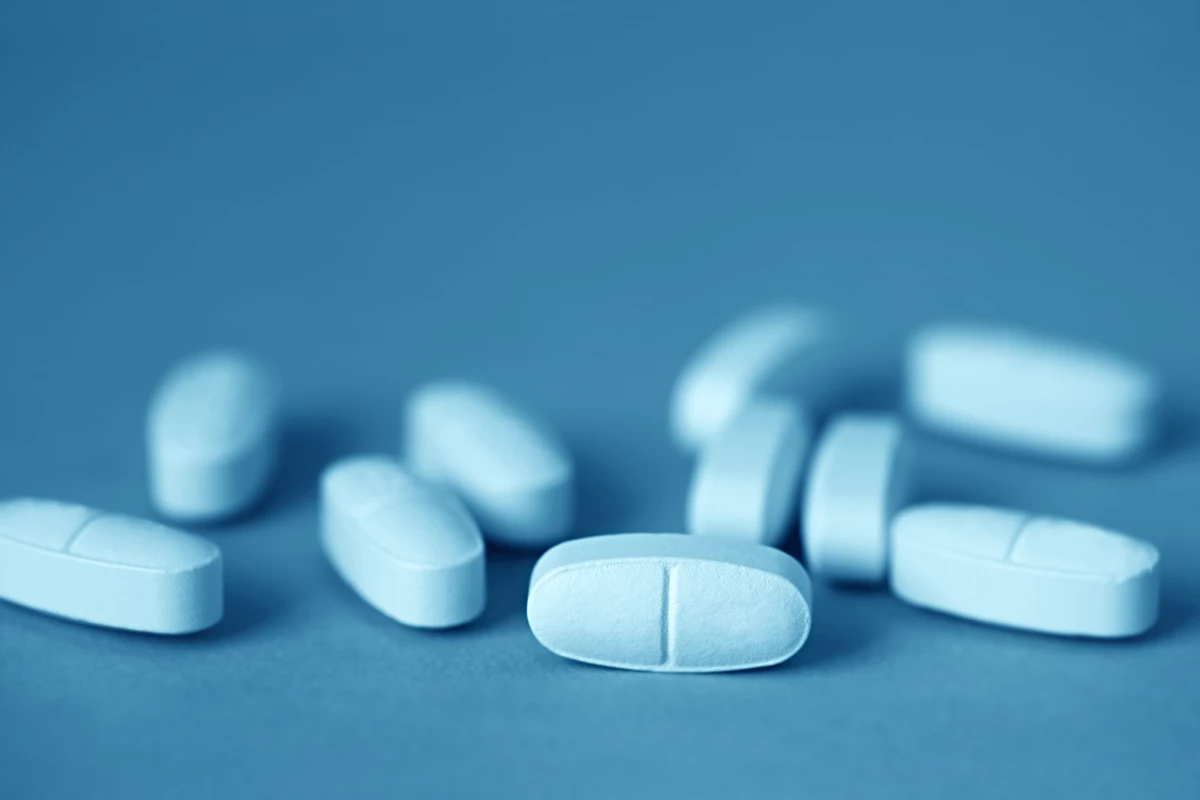Regular insulin injections to keep blood-sugar levels in check are a harsh reality for many sufferers of diabetes, but ongoing progress towards oral alternatives offer cause for optimism. Scientists in Australia have opened up some new possibilities in this space, by identifying a molecule that activates receptors in a similar way to insulin, thereby laying new foundations to explore digestible drugs that mimic its effects.
While the idea of an insulin pill is a promising one, this type of treatment for diabetes has been held back by the instability of the hormone, and its inability to pass through the digestive tract without being broken down. Scientists have made inroads in this area with biocompatible packaging that protects it from digestive enzymes, by developing small drug molecules that don’t break down, and oral capsules that inject insulin through microneedles.
Scientists at the Walter and Eliza Hall Institute have broken yet more ground in this field, by using cryo-electron microscopy (EM) to visualize complex molecules in fine detail. This enabled them to build 3D images of an insulin receptor in atomic detail, and then observe the way different molecules interact with it.
“With cryo-EM, we can now directly compare how different molecules, including insulin, change the shape of the insulin receptor,” said study author Dr Nicholas Kirk. “Insulin's interaction turns out to be far more complex than anyone predicted, with both insulin and its receptor changing shape dramatically as they partner up.”
The team began with reconstructions of several peptides known to interact with the insulin receptor and hold it open and active. The experiments then led to the identification of one peptide that does this in a similar way to insulin.
“Insulin has evolved to hold the receptor carefully, like a hand bringing a pair of tongs together,” Dr Kirk said. “The peptides we used work in pairs to activate the insulin receptor – like two hands grabbing the pair of tongs around the outside.”
The scientists hold no illusions about the amount of work involved in translating their discovery into an oral pill for diabetes. But they do say the findings solve a long-standing mystery around whether unrelated molecules can mimic the role of insulin, and therefore “illuminate unexplored pathways for controlling the signaling of the insulin receptor as well as opportunities for development of insulin mimetics.”
“Scientists have had success replacing these kinds of mimetic molecules with drugs that can be taken as pills,” Dr Kirk said. “It’s still a long road that will require further research, but it’s exciting to know that our discovery opens the door for oral treatments for type 1 diabetes.”
The research was published in the journal Nature Communications.
Source: Walter and Eliza Hall Institute




